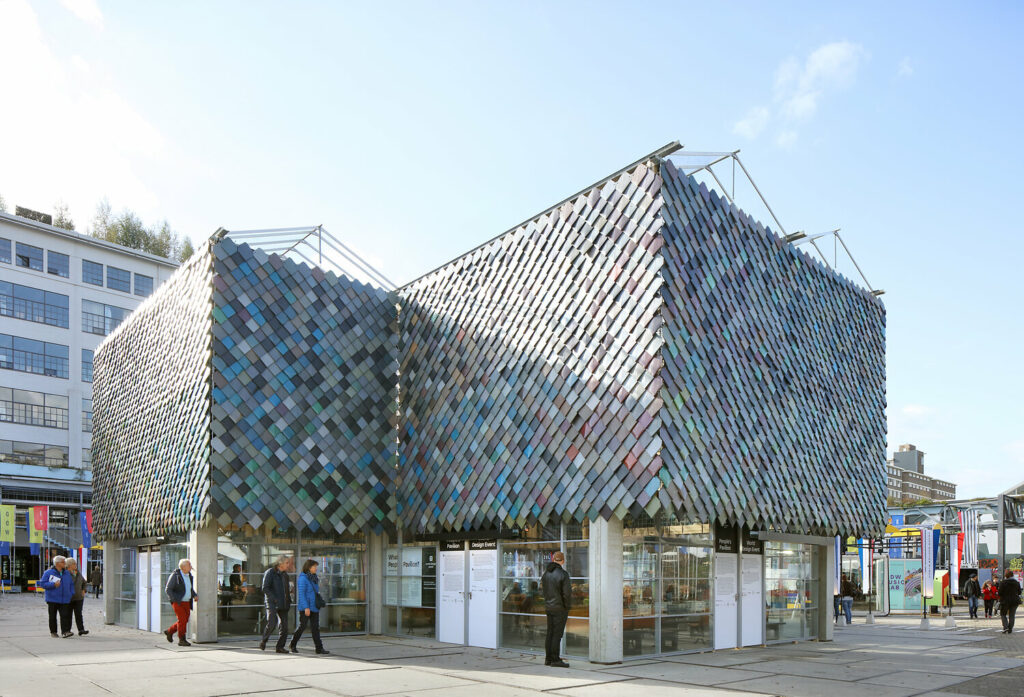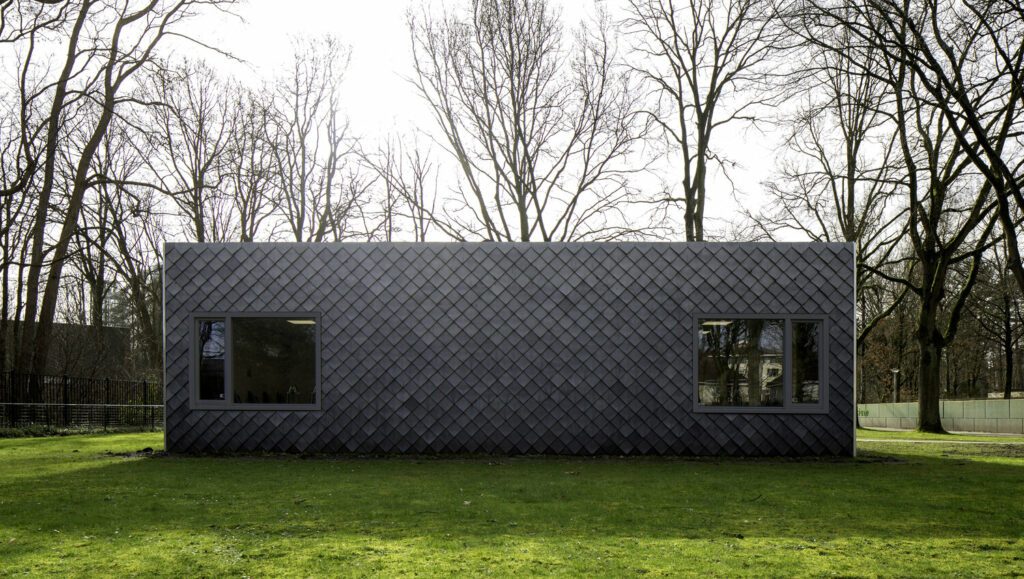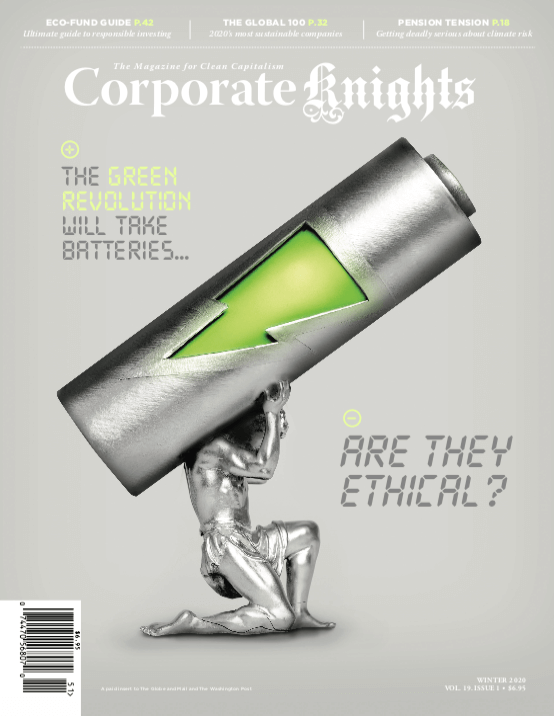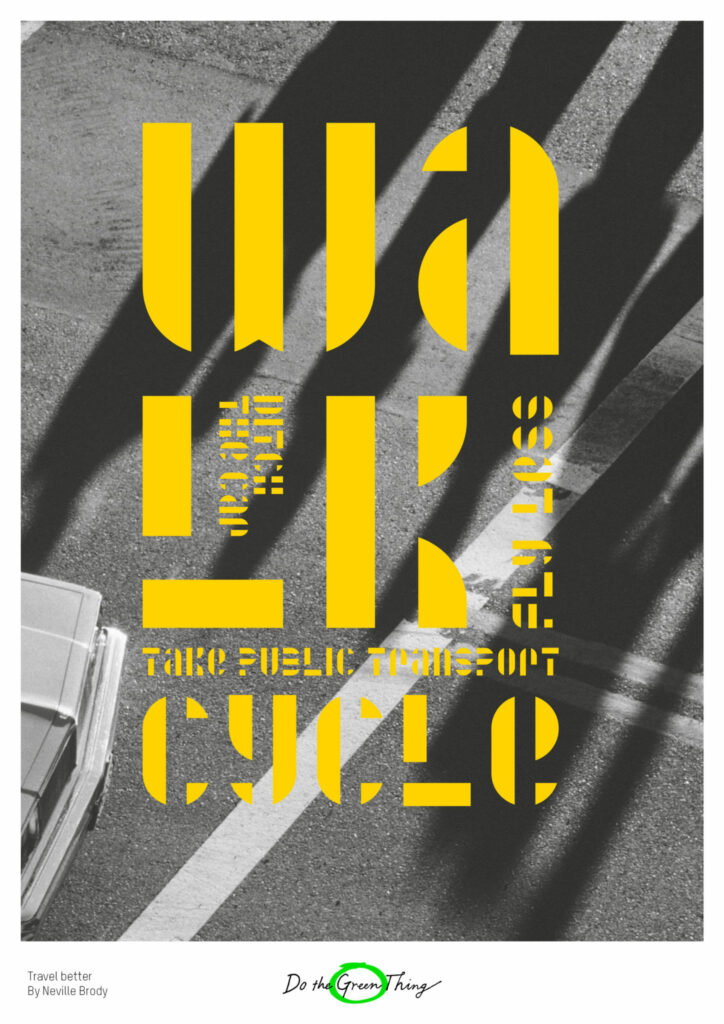In design activism, the designer seeks to effect change on a critical issue. Even when you go on the streets to protest, you stand up for something to change the world a little bit for the better. You are part of a movement, that has the aim to shape social and political processes.
A powerful tool in protest is art. It is used to make change happen. From hand-drawn posters to large-scale art installments, everything is used for protest art to draw even more attention to a topic. Especially in 2020, Protest Art was developing as a stand-out visual trend for 2020. From an ongoing global pandemic to a mounting demand for social justice, the stories of 2020 have been illustrated along the way with art that helps us understand — and calls for — momentous changes. But integrating art into protest is not a 2020 invention. Powerful symbols, posters with often very reduced designs and effective messages implemented in artistic form have long been part of protest.
Following I would like to present three amazing, well-known and strong symbols for activism and protest:
The Raised Fist

The Raised Fist is a symbol of solidarity and one of the most widely used graphic symbols in the world. It was first used by as the logo of the Industrial Workers of the World in 1917. In the Spanish Civil War, the symbol was popularized by the Republicans and has been copied by many different organisations and campaigns ever since. It has been used by Irish Republicans, Feminists and during the May ’68 uprisings in France. Probably the best known use of the Raised Fist is the Black Fist. It represents Black Nationalism or Socialism and was used widely by the Black Panther Party in 1960s’ USA. It is a global symbol of fighting oppression and it has a strong history. From1936, where a Parisian crowd demonstrates its support for the Popular Front, a coalition of socialists, communists, and other anti-fascist organizations, over members of the anti-Nazi Red Front Fighters, who gave the clenched fist salute in 1928 to black lives matter protest – there are a lot of examples for protest including the symbol of the raised fist.
The Smiling Sun

The Smiling Sun is a globally recognised symbol of the Anti-Nuclear movement. Today it is most known in the slogan as “Nuclear Power? No Thanks” but it was actually originally Danish: “Atomkraft? Nej Tak”. In fact, the symbol was originally a badge designed by 21 year old Danish activist Anne Lund. Lund belonged to the organisation OOA (In English: Organisation for Information on Nuclear Power).
The special thing about the icon is that it is non-confrontational. It’s friendly appearance combined with its polite but firm questioning calls for communication by dialogue. This badge has been produced in 45 different regional and national languages. Over 20 million have been produced and distributed worldwide.
The Peace Symbol
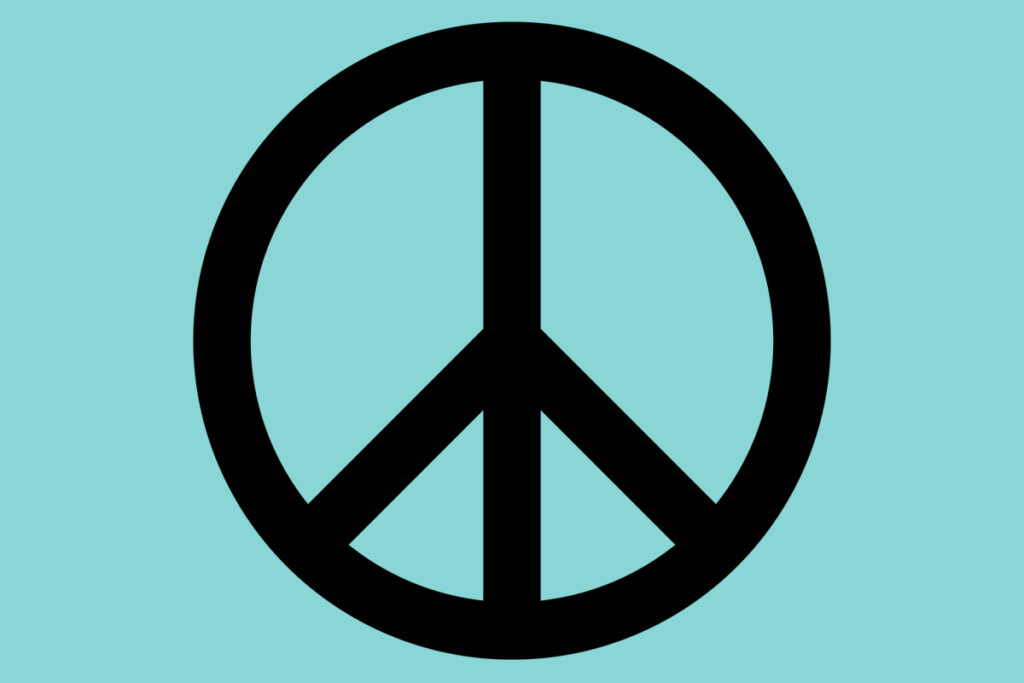
The Peace symbol can be definitely seen as one of the most famous symbols worldwide. It was designed by British designer Gerald Holtom as a logo for Nuclear Disarmament. Soon after its release in 1958 it became the official logo for the British Campaign for Nuclear Disarmament (CND). It was first used in the march to the Atomic Weapons Research Establishment at Aldermaston, England. Holtom began with Nuclear Disarmament, ND for short, and then took the semaphore signals for those two letters. He combined the symbols, added a ring, and ended up with one of the most well-known icons of our time.

The logo was never copyrighted and in the decade after its introduction became the general purpose peace symbol we know it as today.

